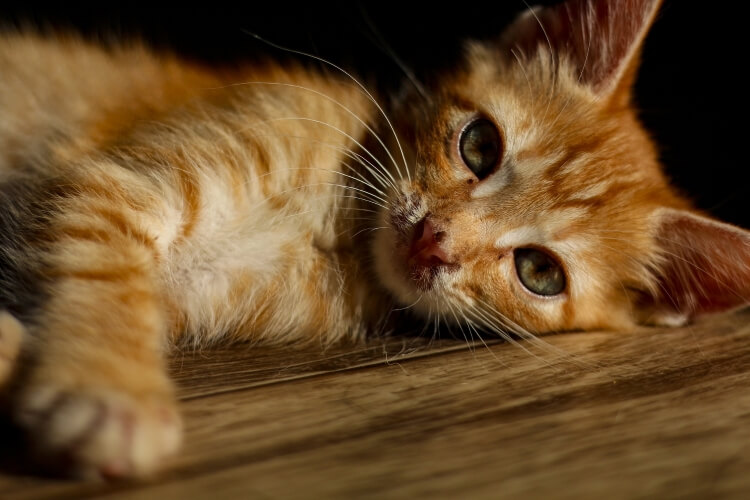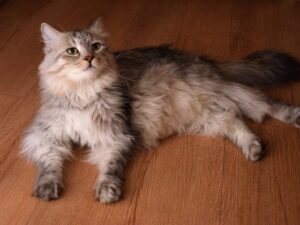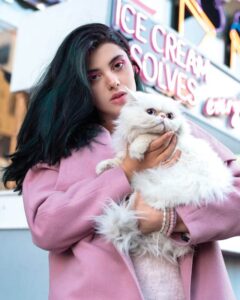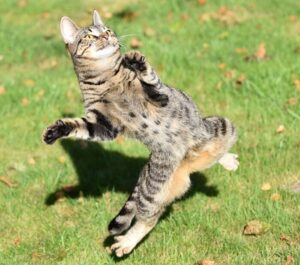By now, you’re no stranger to orange cats. These adorable felines are everywhere, showing off their striking fur as pop culture icons or at your local shelter, and they’re widely known for their fun, friendly personalities.
But what makes a cat an orange cat? Well, simply put, their orange coats! “Orange” is a bit general, though; orange cats can also commonly be called red, ginger, yellow, or marmalade. Just as these names suggest, the shade of orange can vary between cats and sometimes depends on genetics – but we’ll get into that later.
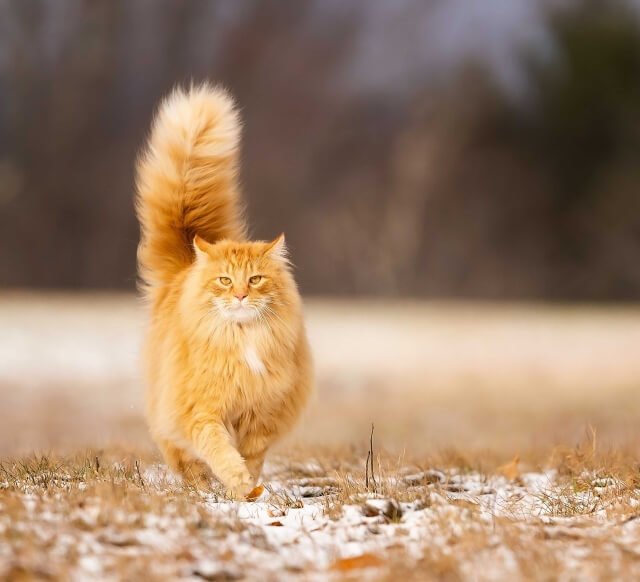
So, if an orange cat is just that, a cat that is orange, is orange cats considered a separate breed? Well, orange cats are not a cat breed on their own since orange is simply a natural coat color for cats. However, orange cats can have different types of fur with many possible markings or patterns. How? Let’s dive in!
The Origin and Evolution of Orange Cats
Cats have long been a companion to humans. Our modern house cats have domesticated from the African wildcat thousands of years ago. Though many modern theories suggest that the Ancient Egyptians first domesticated cats, more recent archaeological evidence points to domestic cats in the Middle East nearly 10,000 years ago!
Over time, cats have changed relatively little. In fact, the idea of cat breeds and the practice of selecting certain traits has only been around for about 150 years. Since orange cats aren’t their own breed, what gives them that orange color?
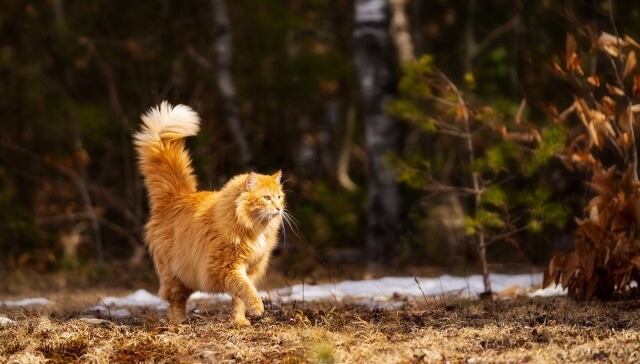
The orange coat is caused by a sex-linked gene determining whether the cat will produce eumelanin. Eumelanin (and its variants) produces black or brown fur. If the cat does not produce eumelanin, this pigment will be replaced with phaeomelanin, a red pigment. This is what gives orange cats their color!
Because this gene is located on the X chromosome, male cats are more likely to be completely orange, as they have one X and one Y chromosome. On the other hand, female cats (with XX chromosomes) can also exhibit the tortoiseshell or calico coat color, which combines orange patches with black, white, or both.
Different Types of Orange Cats
Orange cats have something unique about their coats: they are all tabbies! Why? Well, remember the sex-linked orange gene? The gene that determines the tabby coat pattern (or agouti) is not affected by the sex-linked pigment gene.
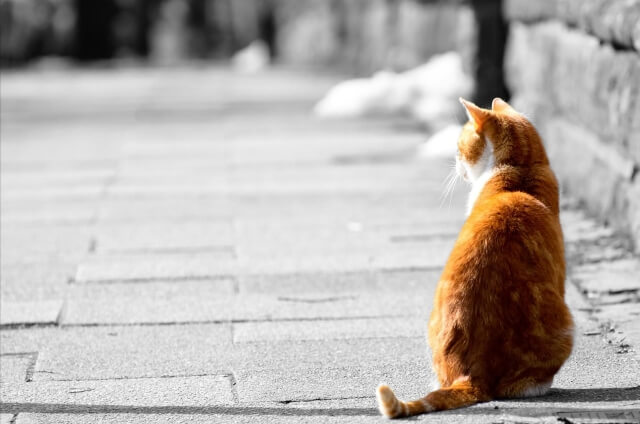
Orange tabby cats have several distinct coat patterns:
- Classic or blotched tabby. These cats have a combination of stripes, swirls, and spots on their coat. They often have swirling patterns on the sides of their bodies.
- Mackerel tabby. These cats resemble tigers (or fish bones, where they get their name!) with a stripe down their spine and smaller vertical stripes radiating from it.
- Tickled tabby. The fur on these cats is banded with a light color near the base, which makes them appear speckled all over. Tickled tabbies don’t have stripes, unlike other tabby cats.
- Spotted tabby. These cats have contrasting spots all over! However, many domestic cats can appear spotted due to broken-up stripe patterns on their coat.
Physical Characteristics of Orange Cats
- Eye color. Orange cats will most likely have green or yellow eyes. Like all cats, orange cats have blue eyes when they are very young, and the color will gradually change.
- Fur type. Domestic cats show a lot of variation in their coats, and orange cats are no exception! Orange domestic cats can have long, medium, or short hair. Orange cats, including the calico and tortoiseshell, can also have a dilute coat, giving their fur a pale or washed-out appearance.
- Markings. Orange cats are all tabbies and, therefore, have a variety of coat markings! Like all tabbies, orange tabbies will have a distinct “M” mark on their forehead and stripes, spots, or speckles all over. Tabby cats also typically have pigmented paws and lips, a pink nose, and bands around the tail.
- Size. Orange cats appear to present with greater sexual dimorphism than domestic cats of other coat colors. This means that a male orange cat will often be bigger and heavier than a male cat of another coat color, and female orange cats will often be smaller.
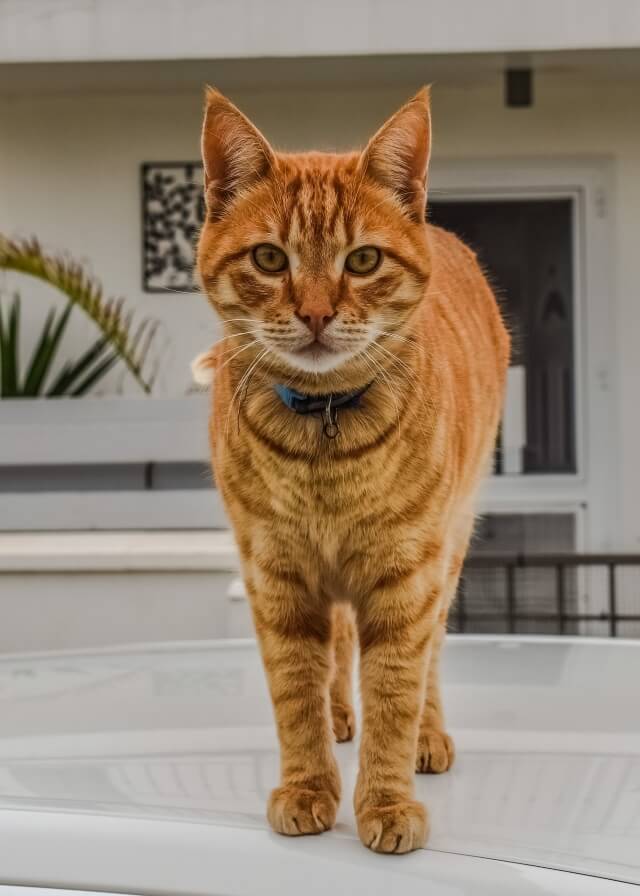
The Personality and Behavior of Orange Cats
Many owners self-report that they find orange cats friendlier, but is that true, or is this bias and self-fulfilling prophecy?
Well, there may be something to it! Consider that most orange cats are male and that male cats are often reported to be friendlier than female cats – there are even some studies to back this up! So the idea that orange cats are friendly absolutely holds water.

On the flip side, many owners report that tortoiseshell cats have a bit of an attitude. Though tortoiseshell cats are orange as well, they are also predominantly female due to the sex-linked nature of the orange gene.
Health Issues and Care for Orange Cats
Sometimes, orange cats may develop black marks on their skin that look almost like freckles – small, flat, and dark, with no surrounding irritation. Owners may first notice these marks on the lips, but they often spread to the nose, eyelids, and gums.
These black spots come from a genetic condition called lentigo. Orange cats, including calico and tortoiseshell, are affected by this condition. The spots are benign and caused by pigment-producing cells in the skin. Lentigo could be related to genetics and the orange gene, but as of right now, the cause is unknown.
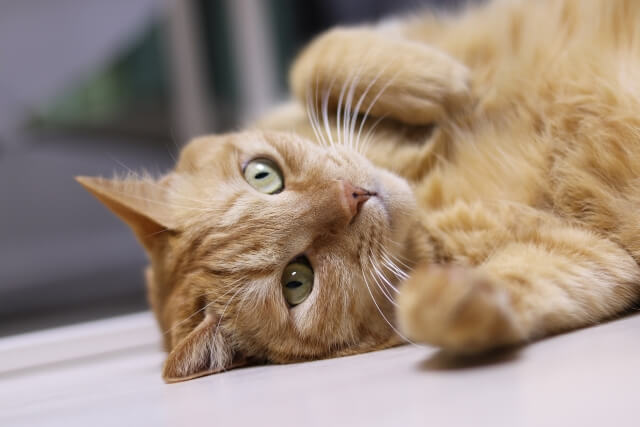
Since orange cats are not a distinct breed of cat, orange cat does not necessarily have specific health issues to watch out for. However, if you have any concerns about your pet, you should always consult a veterinarian!
Orange Cats in Pop Culture and Literature
Orange cats are stars in pop culture, and you’ve undoubtedly seen them in movies, television, and more! So, who are some popular orange cats?
- Garfield, the lasagna-loving lazy orange tabby cat
- Puss in Boots, the famous sword-fighting hero
- Crookshanks, Hermione’s cat from Harry Potter
- Jock, Winston Churchill’s precious orange tabby cat
- Morris, the famous 9Lives mascot of television fame
- Orangey, the award-winning Hollywood star who worked alongside Audrey Hepburn in Breakfast at Tiffany’s

Final Thoughts on Orange Cats
If you’re searching for a perfect companion, look no further! Orange cats are fun, friendly, and, most of all, cute! With their variety of coat shades, patterns, and fur lengths, there’s a lovely orange kitty out there for everyone.
If you’re already the proud parent of an orange cat, you don’t need convincing! With owners reporting orange cats as the most affectionate, it’s no wonder they’ve been so popular as pets, celebrities, and fictional characters throughout the years.

